The Victoria and Albert Museum’s refurbished Medieval and Renaissance Galleries opened on 2nd December 2009.
Dominating the main gallery is a monumental marble statue, 'Samson and a Philistine' by Giambologna – sometimes known as Giovanni Bologna or Jean Boulogne.
'Samson and a Philistine' stands at just under seven feet in height and is the only monumental marble statue by Giambologna outside Florence. It is stunning from every angle.
Amongst Renaissance statues to have left Italy, this is considered to be the finest, apart from Michaelangelo’s 'Slaves', which is in the Paris Louvre.
This article, which was first published on Suite101 in 2010, attempts to explain the impact of this work and, I hope, will encourage you to visit the Victoria and Albert Museum if you are in London so that you can see this moving sculpture for yourself!


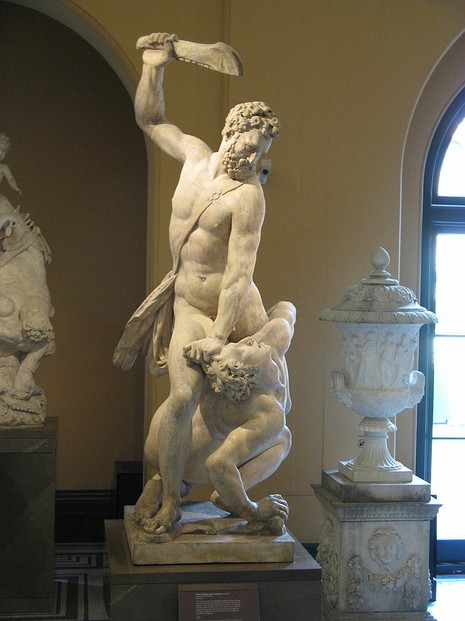
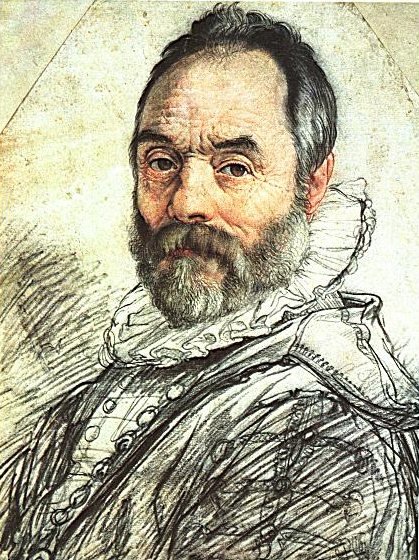
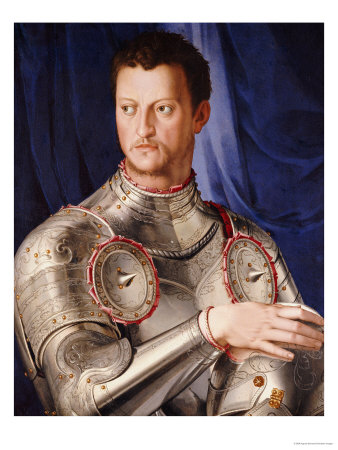
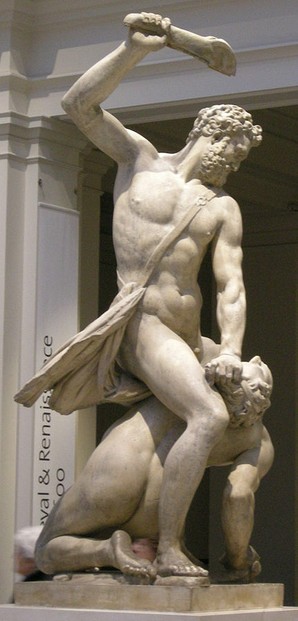
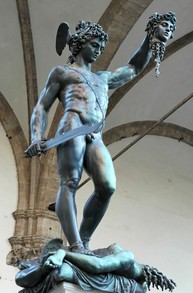
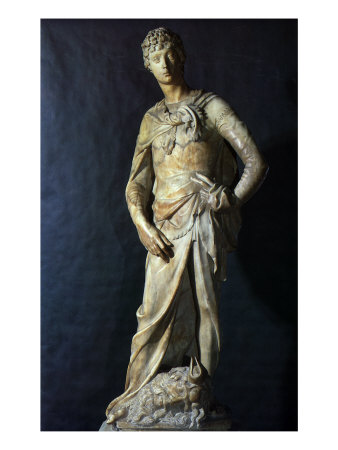
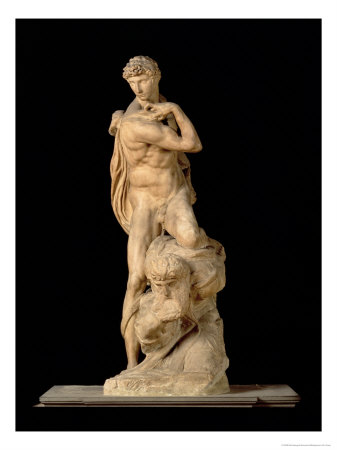
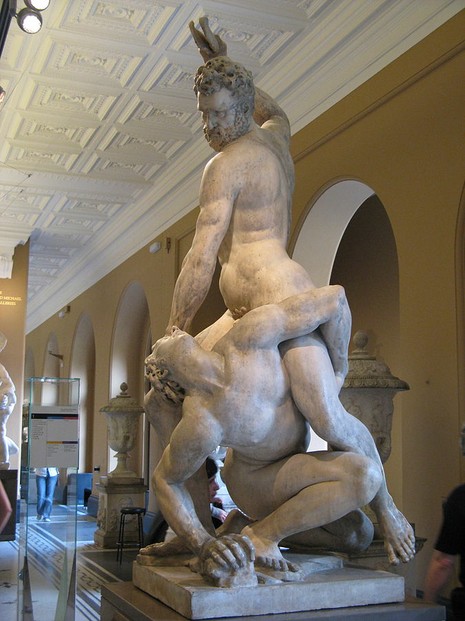
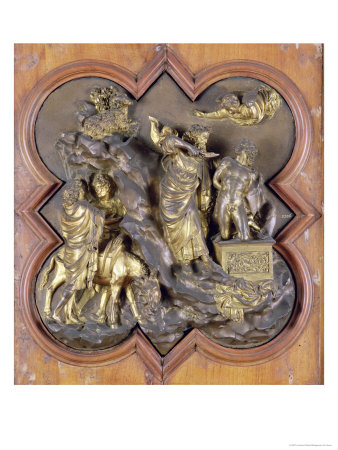
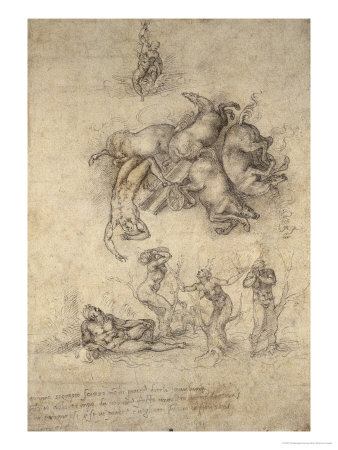


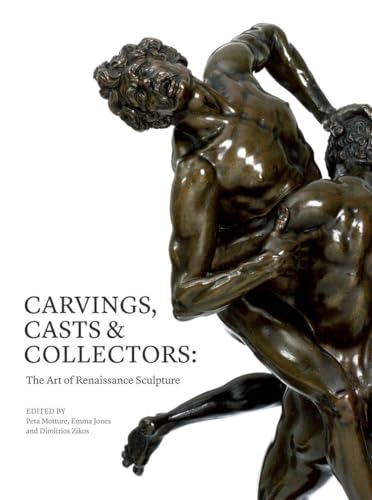
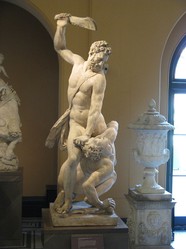

 How to Choose a Walking Cane or Stickon 08/01/2014
How to Choose a Walking Cane or Stickon 08/01/2014
 Michael Miller Fabulous Fabric Swatches for Quilting, Crafts etcon 07/02/2014
Michael Miller Fabulous Fabric Swatches for Quilting, Crafts etcon 07/02/2014
 The Drama of Life in the Rock Poolon 06/08/2014
The Drama of Life in the Rock Poolon 06/08/2014
 The Flâneur - Symbol of Modernity in 19th Century Parison 05/09/2014
The Flâneur - Symbol of Modernity in 19th Century Parison 05/09/2014

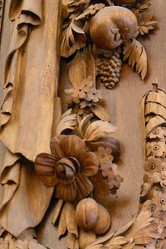
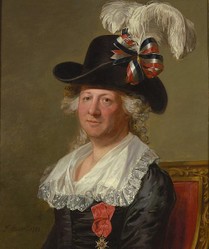
Comments
Hello Tolovaj - I absolutely agree. It's difficult to imagine. It would be wonderful to be able to go back in time and see the whole process from start to finish.
It is really hard to imagine how much skill had old masters who used so primitive tools to create such masterpieces. Samson and a Philistine is great example!
Hi Mira - Thanks for your comment - it is so realistic isn't it! (Not that I've seen many men being slayed) :)
Indeed, that eye contact is very powerful, and the sculpture quite nice. I like that you show it from different angles.